The material of some clothing does not provide adequate protection against the sun, exposing your skin to harmful UV rays. This is especially true for light-colored and thin fabrics.
The effects of sunburn can range from mild discomfort to severe pain and blistering. Sun exposure without protection can increase your chances of getting skin cancer, one of the most common types of cancer in the world.
Yes, it is still possible to get sunburned through clothing, especially if it is thin or made from light materials. Our clothing provides some level of protection from the sun's ultraviolet rays, but not all fabrics and clothing offer the same level of protection.
In this blog post, we'll explore how you get sunburned through your clothes and tips to prevent sunburn when wearing clothes.
Can You Get a Sunburn Through Your Clothes: 6 Causes

Many believe that clothing provides adequate protection from the sun, but this is only sometimes the case. Many factors can cause sunburns, even through your clothes.
Fabric Density and Thickness
- Thin, lightweight, and stretchy fabrics such as T-shirts, leggings, and swimsuits may not protect adequately from UV rays.
- Synthetic fabrics, like polyester and nylon, are thinner and lighter, so UV rays can penetrate more easily.
- Tight-fitting clothing items like sports bras and compression shorts may enhance UV penetration as they stretch over the skin.
Clothing Color and Patterns
- Dark colors absorb more UV radiation than lighter colors, making them more effective at blocking the penetration of UV rays. However, in some scenarios, they may also increase heat absorption, leading to overheating.
- Bright colors, especially fluorescent ones, may have a particular attribute in absorbing UV radiation, which converts them into visible light, making them less effective in blocking UV light.
- Neutral colors like white, beige, and tan have minimal UV absorption They are less effective in blocking UV radiation than darker colors.
Wearing Wet Clothes
- When the clothing is wet, its tightness reduces, increasing the amount of UV radiation penetrating the fabric.
- Wet clothing allows UV light to pass through, and the water on the cloth magnifies, leading to sunburn.
- Wet clothing clings onto the body, thus becoming a direct medium by which harmful radiation can arrive at the skin.
Humidity and Sweat

- When clothes become wet because of sweat or humidity, they become less effective in blocking UV rays.
- Light-colored, loosely woven, and thin fabrics like cotton and linen are vulnerable to humidity and sweat, allowing more UV rays to penetrate the fabric and reach the skin.
- In humid or sweaty conditions, wearing dark-colored, tightly woven, and thick fabrics like polyester or nylon, which offer better protection against UV rays, is advisable.
Time of Day and Intensity of the Sun's Rays
- The strongest ray of the sun is around 10 a.m. until 4 p.m. during the summer months. During this time, clothes provide less protection against UV rays, especially if they are light-colored, loosely woven, or thin.
- The more intense the sun's rays, the higher the risk of sunburn through clothes. This means that people who live in areas with higher sun intensity are more susceptible to sunburns through clothes.
Location and Altitude of the Area
- People who live in areas closer to the equator or high-altitude regions are more at risk of sunburns through clothes.
- Clothes are less effective at blocking UV rays in higher altitudes because of the thin atmosphere. This means that even wearing clothes could still put you at risk of sunburn.
- In areas with a higher UV index, wearing clothes more resistant to UV rays, such as dark colors and tightly woven fabrics, is advisable.

5 Tips For Preventing Sunburn Through Your Clothes
We now understand what types of clothing can provide better protection from the sun, but how do we ensure we choose the right dress to get maximum sun protection? Here are some tips:
Darker-Colored Clothing Protects Against the Sun
The fabric's color also significantly provides sun protection. Darker-colored clothes absorb more UV radiation, offering better protection than lighter colors. Opt for dark-colored clothing to provide sun protection when spending extended periods outdoors.
Loose and Breathable Clothing
While it can be tempting to wear minimal clothing to stay cool in the warmer months, sun protection is necessary. Opt for loose and breathable clothing made of a material that allows your skin to breathe. Proper ventilation helps keep the body cool, preventing heat rash and other heat-related conditions.
Morning & Evening Activities to Avoid Harsh Sun Rays

It is most difficult for you to avoid the sun's harmful UV rays during peak hours of 11 a.m. to 3 p.m. Plan outdoor activities during the early or late afternoon hours to avoid these harsh rays. Staying in the shade, using umbrellas, or wearing wide-brimmed hats can help protect you from the sun.
Using Sunscreen with Clothing for Extra Protection
Clothes alone may not provide complete sun protection, but combining clothing with sunscreen can offer added protection. Sunscreen with an SPF of at least 30 should apply to exposed skin areas, including the face, neck, and hands. Whenever you swim or sweat, apply sunscreen immediately afterward.
Layer Up
Layering up with clothes can help provide more protection from the sun's harmful rays. Wear a wide-brimmed hat, sunglasses, and dresses with long sleeves and pants to minimize your skin's exposure.
Wear a Wide-Brimmed Hat
Wide-brimmed hats are recommended for protecting your face, neck, and ears from the harmful UV rays of the sun. Look for hats that have a UPF rating for extra protection.

Conclusion
Clothing is an essential tool in our arsenal against the sun. The effectiveness we wear depends on the fabric's thickness and tightness of the weave and the color. It's still vital to supplement these protective measures with other ways of protection, such as wearing hats, sunglasses, and sunscreen.
Remember to protect your skin during outdoor activities, wear protective clothing, and take preventive measures against the harmful effects of the sun. Let's enjoy the summer safely and confidently.



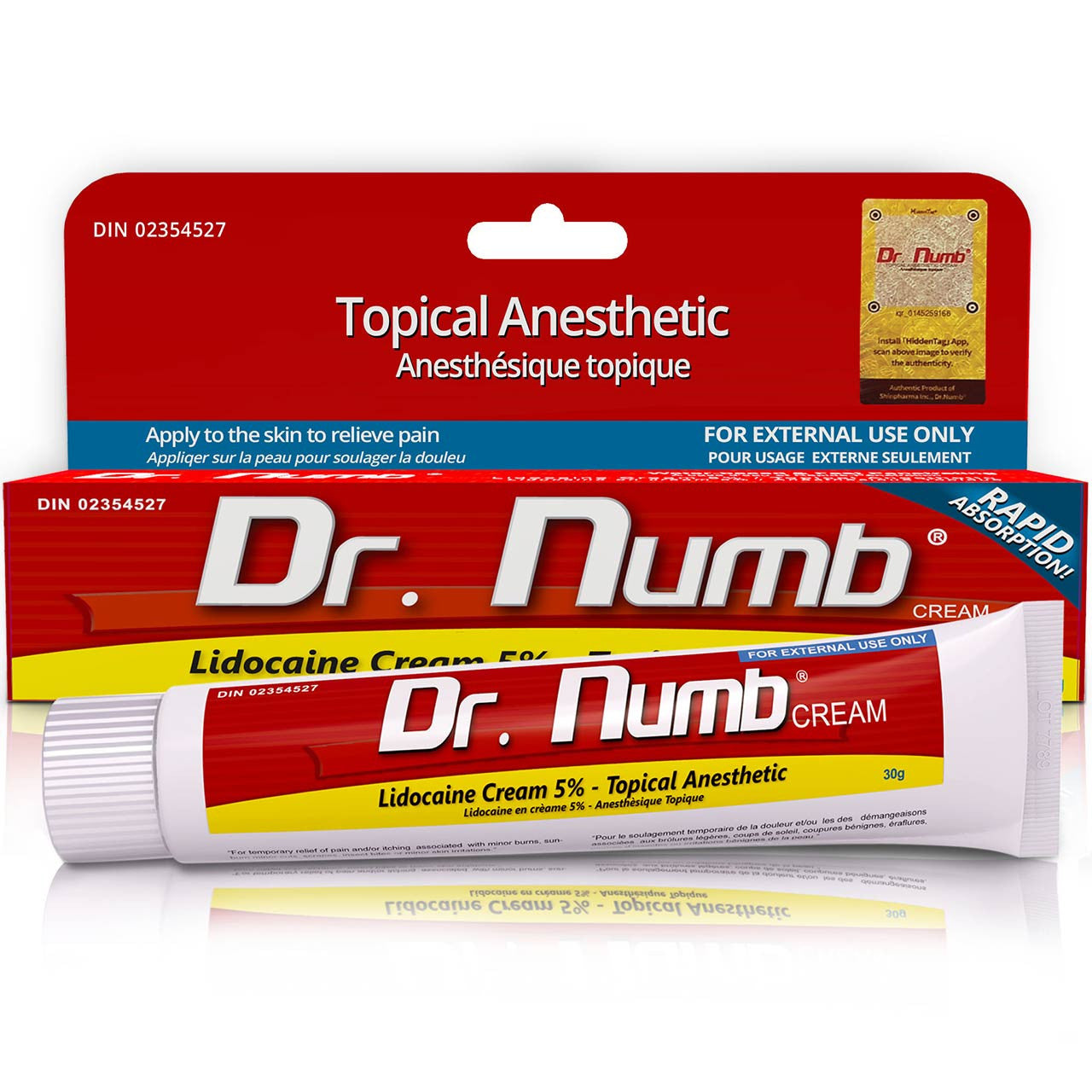
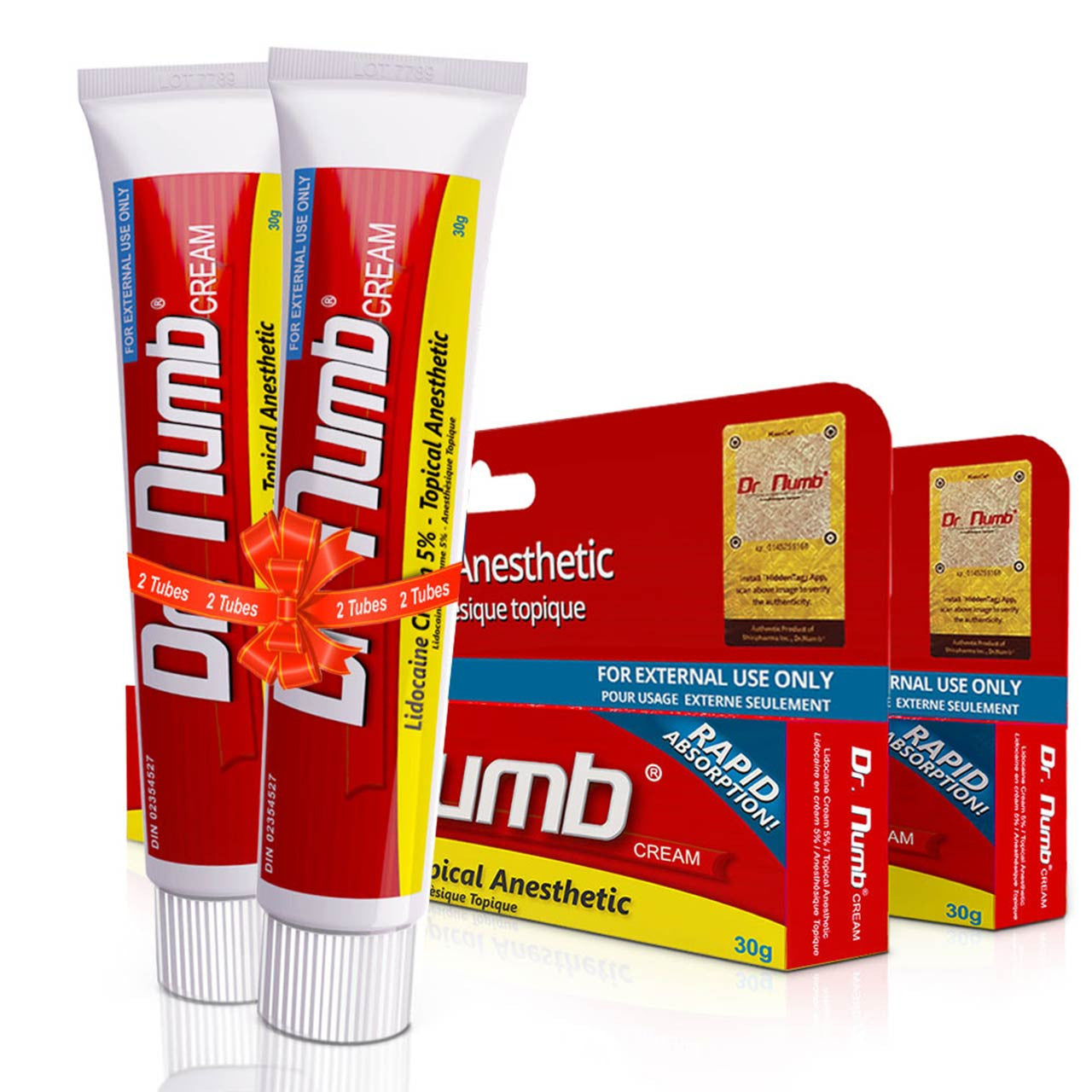
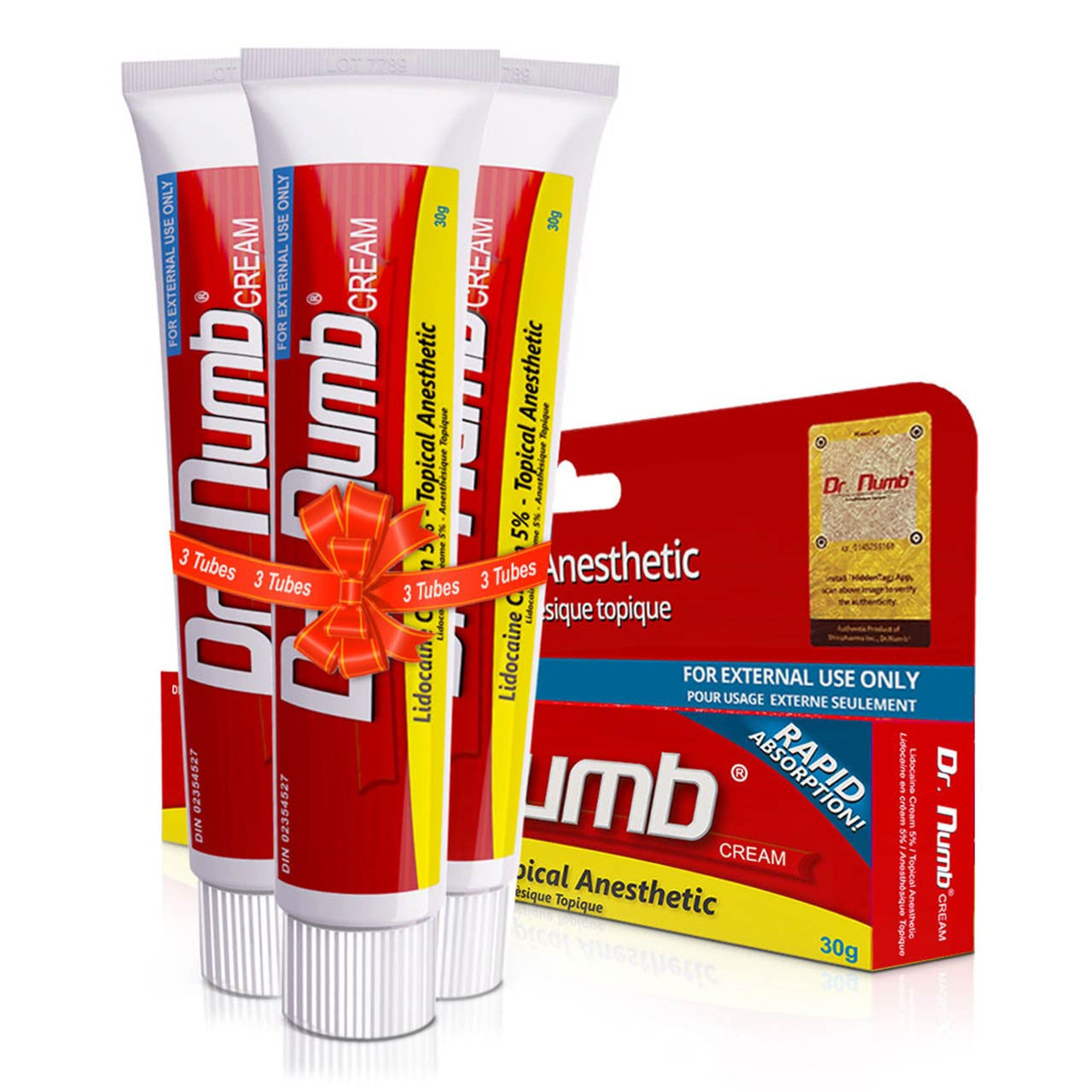
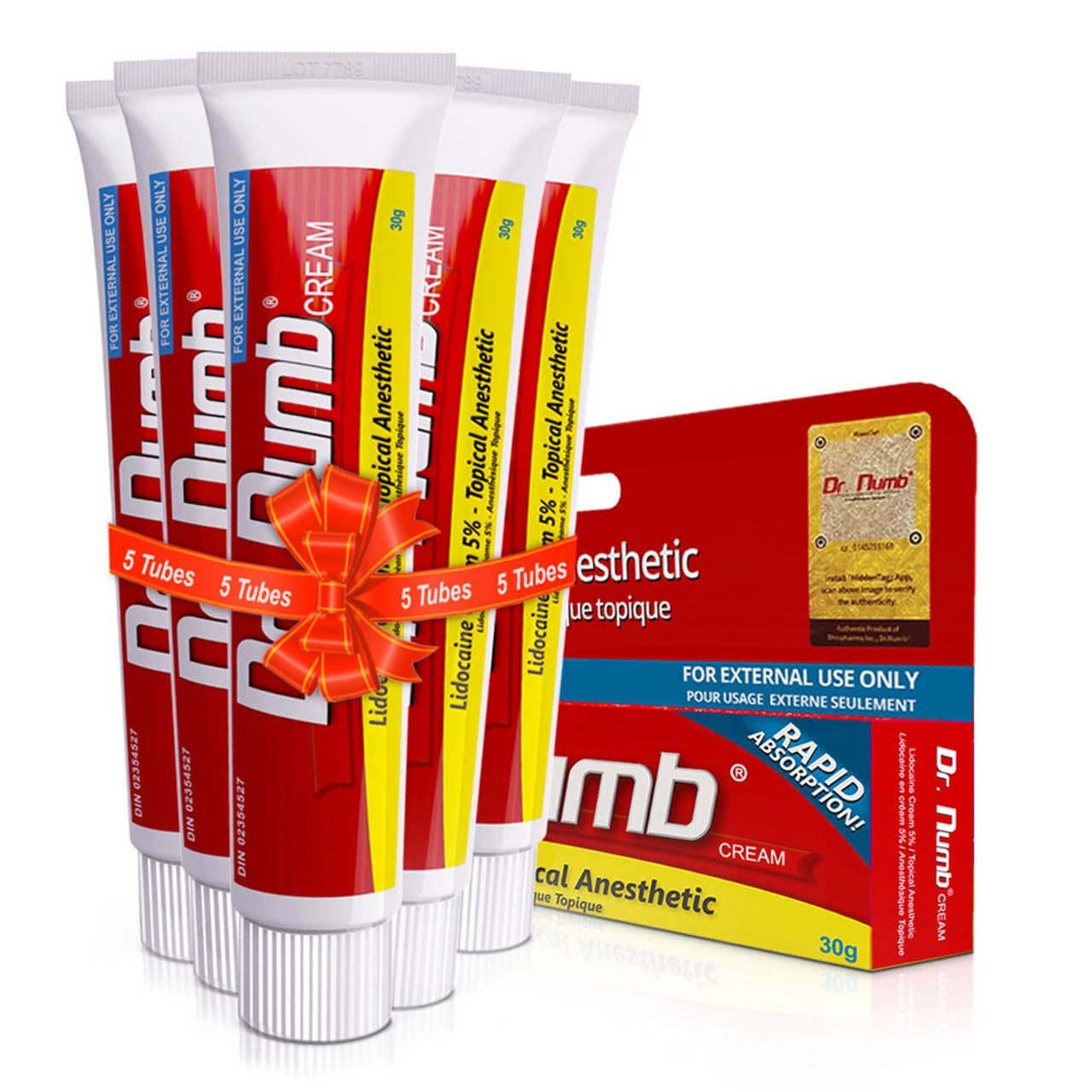

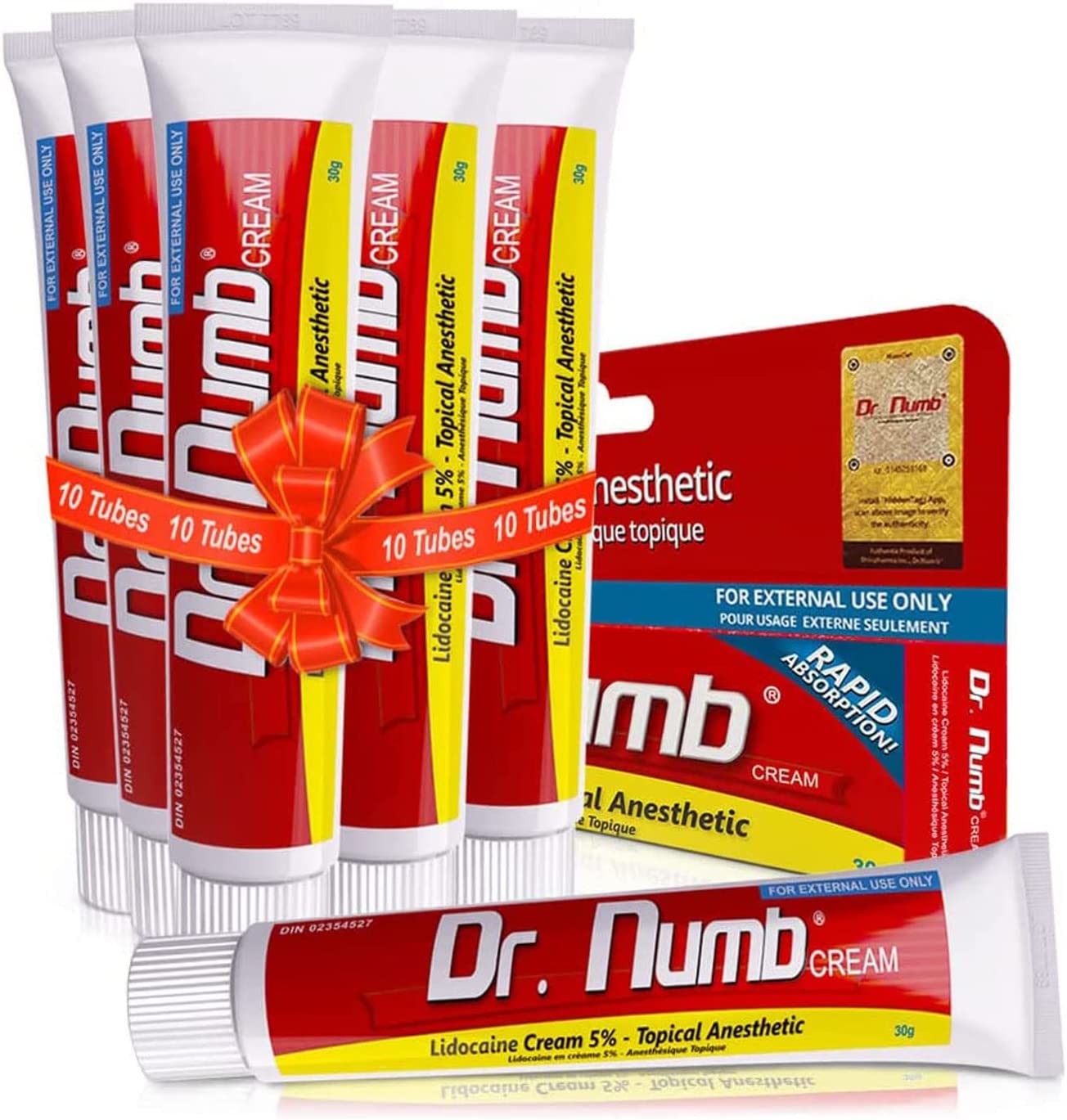
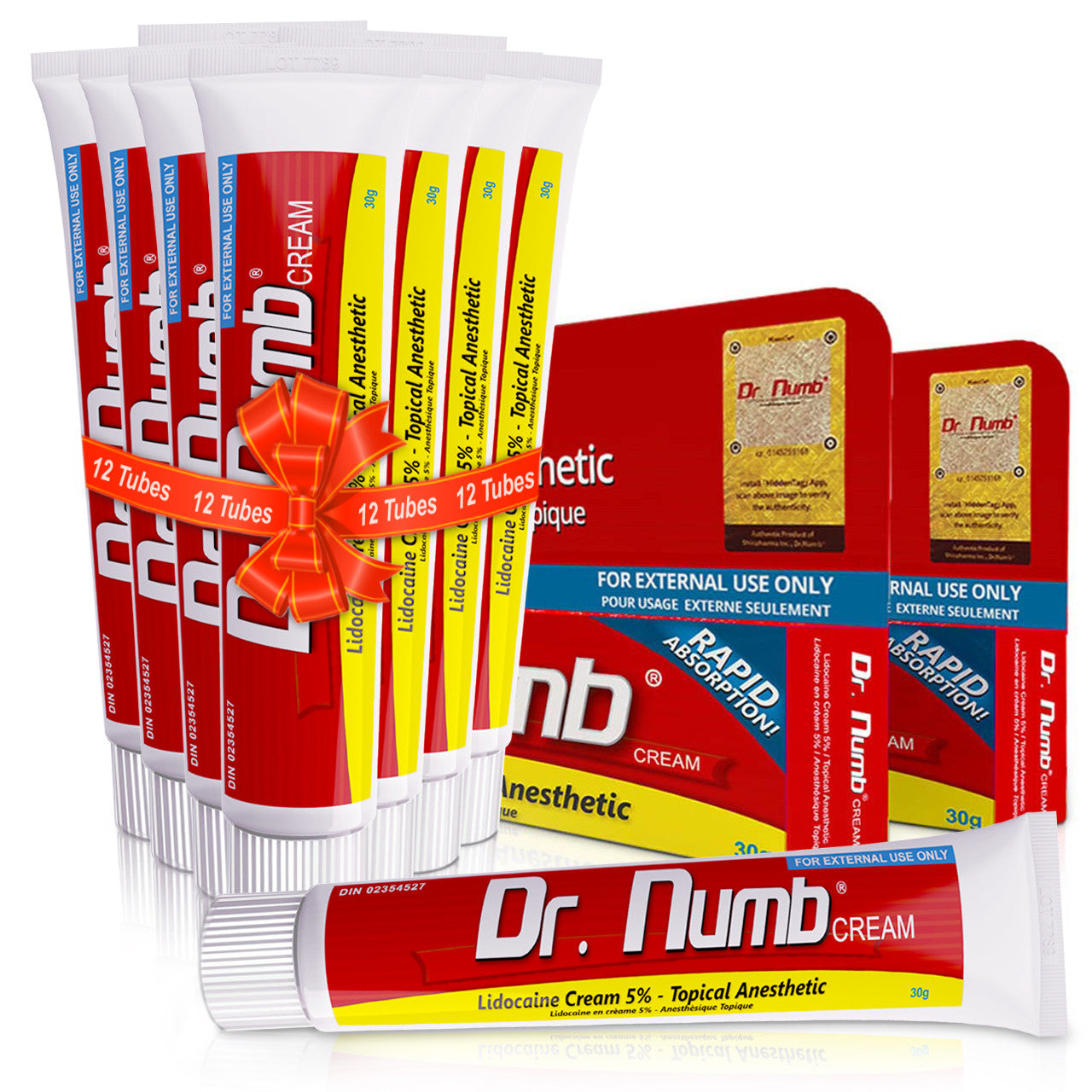




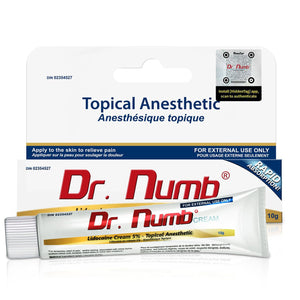
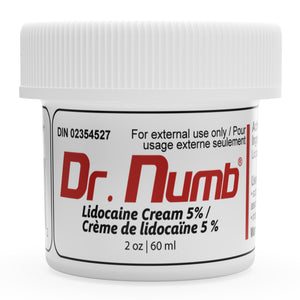
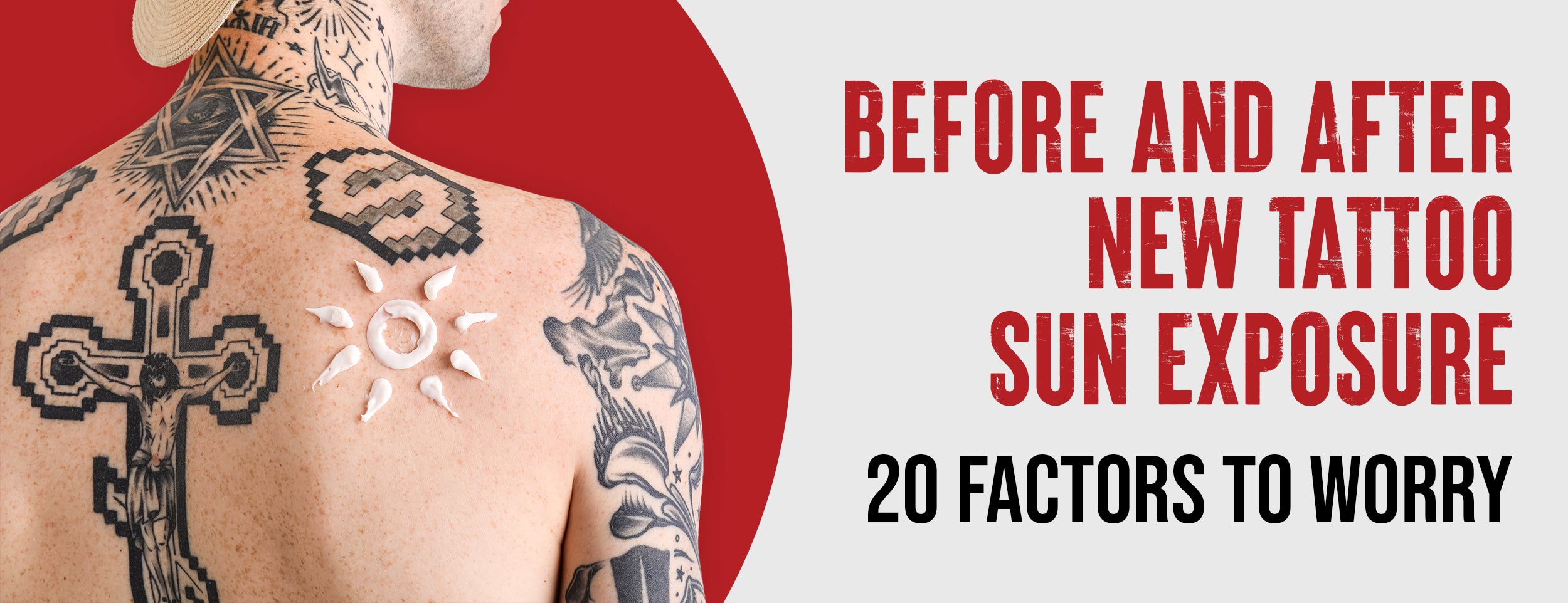
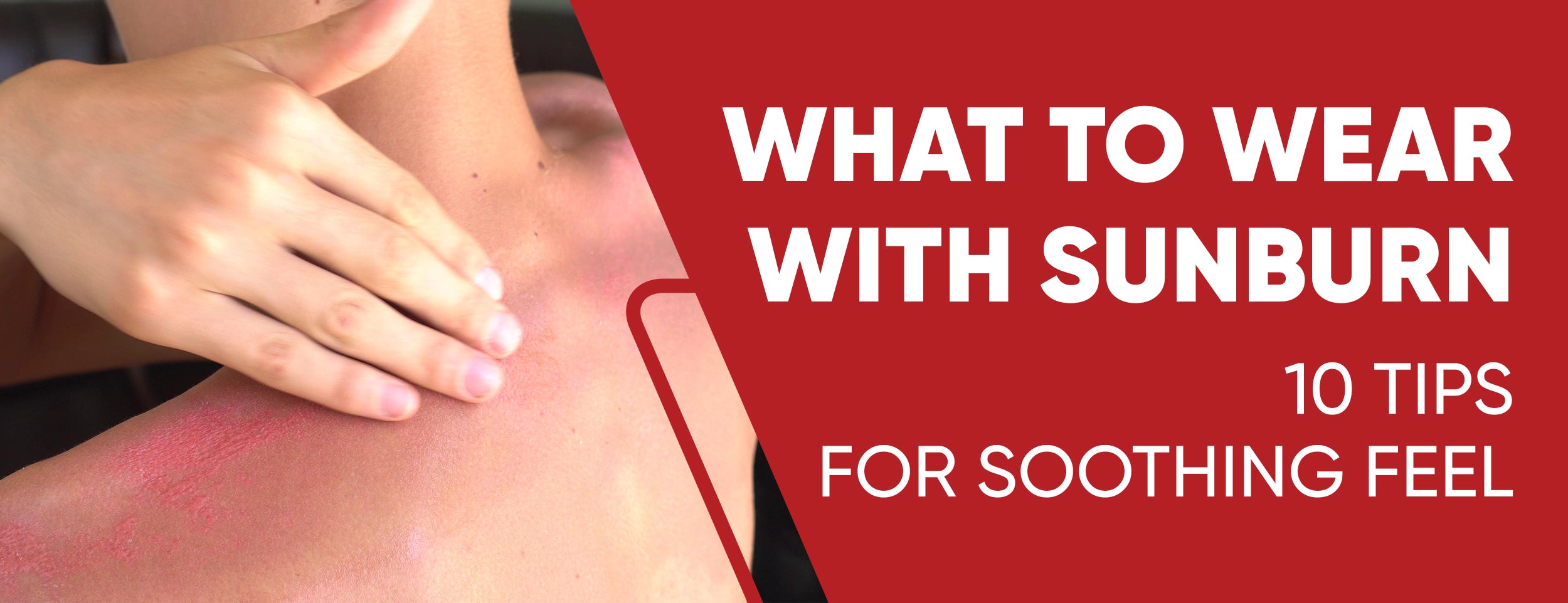
![How to Cover Sunburn With Makeup: 15 Ideas [Easy Solutions]](http://drnumb.ca/cdn/shop/articles/How_to_Cover_Sunburn_With_Makeup__15_Ideas_Easy_Solutions.jpg?v=1705581434)

